Charleston Gets Ready for Its Tallest Office Building
Gateway Development Services and ELV Associates broke ground on 22 WestEdge, a 125-foot, eight-story office building on Charleston's waterfront. The project is part of a larger complex expected to generate $1 billion worth of investment in the area.
Gateway Development Services and ELV Associates have broken ground on 22 WestEdge, a 125-foot, eight-story office mid-rise in Charleston, S.C. The project—an estimated investment of $300 million—is expected to be the tallest office building in the city and will add more than 150,000 square feet of office, research & development and retail space to the market.
The modern building will feature an innovative design and incorporate a number of sustainable features which will make it stand out among downtown’s historic buildings. “Rather than drawing inspiration from touchstones in the Historic District, this building was contextualized with reflections on Charleston’s nautical heritage,” said Don Reynolds, associate principal with Perkins & Will, the building’s architect.
In addition to the developer and architect, the team behind the project includes Trident Construction as general contractor and Thomas and Hutton as civil engineer. Lee & Associates will be leading the marketing and leasing efforts, so by November 2019, the estimated delivery date, the mid-rise will be fully occupied. Until now, almost half of the available space has been pre-leased to The Medical University of South Carolina (MUSC), the South Carolina Research Authority (SCRA), the City of Charleston, Heritage Trust and the WestEdge Foundation.
“It’s no secret that biomedical advances will be a key driver of our economy and society in the years ahead. With 156,000 square feet of office space dedicated to precisely the kind of research and enterprise that will help make those breakthroughs possible, 22 WestEdge is an important addition to our city’s Medical District,” said Charleston Mayor John Tecklenburg in prepared remarks.
The city has been attracting a number of biomedical and tech companies recently, due to its strong academic programs. Last year in June, Comcast entered the market by launching an excellence center in North Charleston, N.C. One month after, T-Mobile opened a new customer care center which employs approximately 1,200 people.
A city landmark
The upcoming building is part of WestEdge, a 3 million-square-foot live-play-work complex along Ashley River. Located adjacent to MUSC and the Medical District, on a 60-acre site, the development is expected to be a hub for groundbreaking research and innovation work bolstering the educational institutions surrounding it. Designers hope that the innovative look of the development will represent an additional advantage for companies looking for state-of-the-art office space in the downtown area.
“The all glass skin of the building tempers the building height on the skyline, utilizing eight complimentary glass types to reflect the sky and refract light for distinct readings of the building throughout the day. Vestiges of the maritime language of planking, cabling, transparency, and translucency are found in the details of the offset glass planes that give the building its unique signature,” said Reynolds.
The interior is expected to also feature elements which haven’t been used on the market so far, such as a lobby with collaborative interaction areas and integrated café, floor-to-ceiling high performance glazing curated with multiple glass types and exterior sun shading as well as a purpose-built outdoor amenity terrace on an upper level overlooking the Ashley River.
The property is going to provide more than 15,000 square feet of cafes and fitness facilities, conference space and a terrace wrapping the seventh floor. “With 80,000 square feet of contiguous space, we can accommodate a large user who, otherwise, would have been forced into a build-to-suit if they wanted to be in Charleston,” said Mack Reese, the president of Gateway Development Services.
Although developers do not plan to pursue a LEED certification, the property will incorporate a number of sustainable features including window shading devices which will minimize heat load, low flow fixtures and energy-efficient mechanical systems and equipment.
A rising district
Gateway’s projects is only one of the several developments under construction in the area. Michael Maher, the CEO of the WestEdge Foundation, expects WestEdge to spur more than $1 billion in private capital investment, improve infrastructure in the west side of the Charleston peninsula, attract companies and also enhance the quality of life in the area.
Maher describes the project as being “very ambitious” as it had to overcome the challenges posed by a “difficult site in an expensive development environment.” The WestEdge community rises on a former municipal waste landfill which had to be transformed into an environmentally safe site. The transformation was possible via the Voluntary Cleanup Contract program, Reese told Commercial Property Executive.
In order to make the project possible, the strategy that Maher’s company used was to “be as inclusive as possible, both in outreach to stakeholders and in the integration of all the necessary disciplines that must contribute to the overall success of the process—resilient and sustainable building design and land planning; astute economic modeling and a synthesis of the particularities of public finance and private capital investment; purposeful economic development and outreach to key institutions and their enterprises; and an overarching respect for what will make the community more livable and prosperous.”
So far, the new district comprises The Caroline, a 237-unit residential property set to open this fall, and 10 WestEdge, a 350-unit community that has recently topped out. In addition to the housing component, the development will also include a Publix supermarket, a Woodhouse spa and additional retail space.
Reese expects the WestEdge district to become Charleston’s urban center over the next 10 or 15 years. “Downtowns have traditionally developed around government functions but since those entities in Charleston are in the Historic District, I think the tourist industry will stay there but private industry will congregate around the medical district. This area already has $3 billion in annual economic activity and 35,000 people who work, live, go to school, get education and get medical care,” he added.
Images courtesy of Perkins & Will

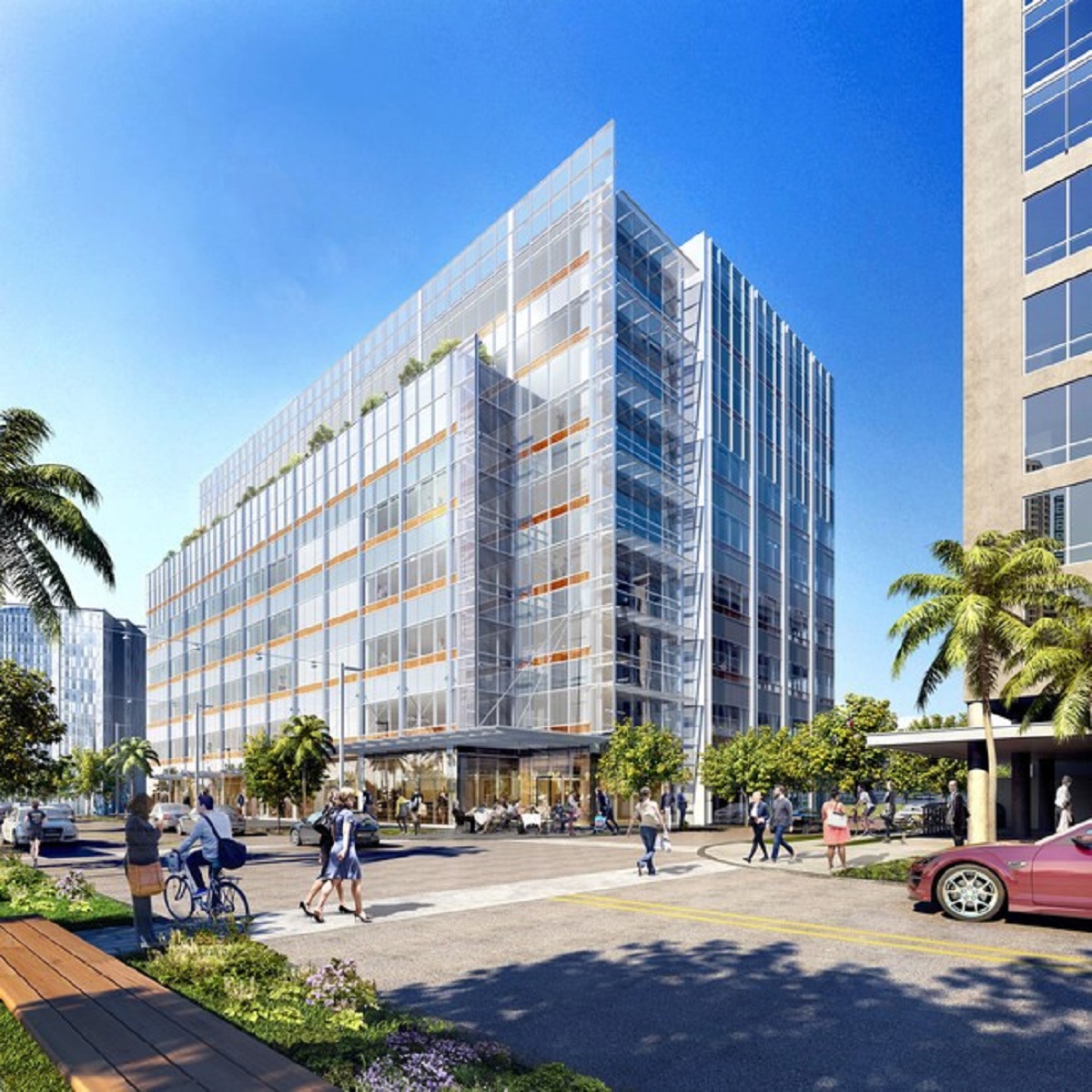
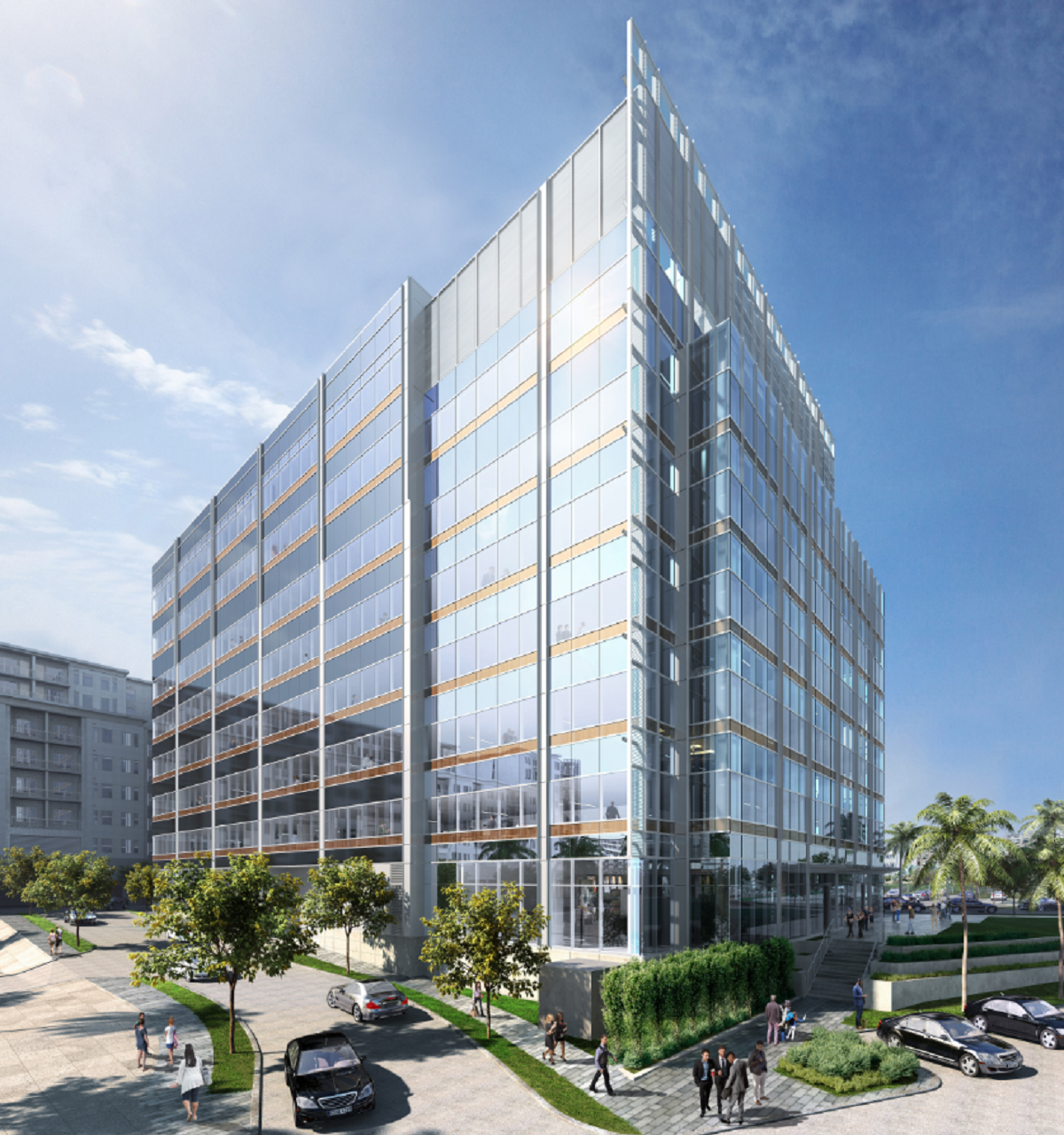
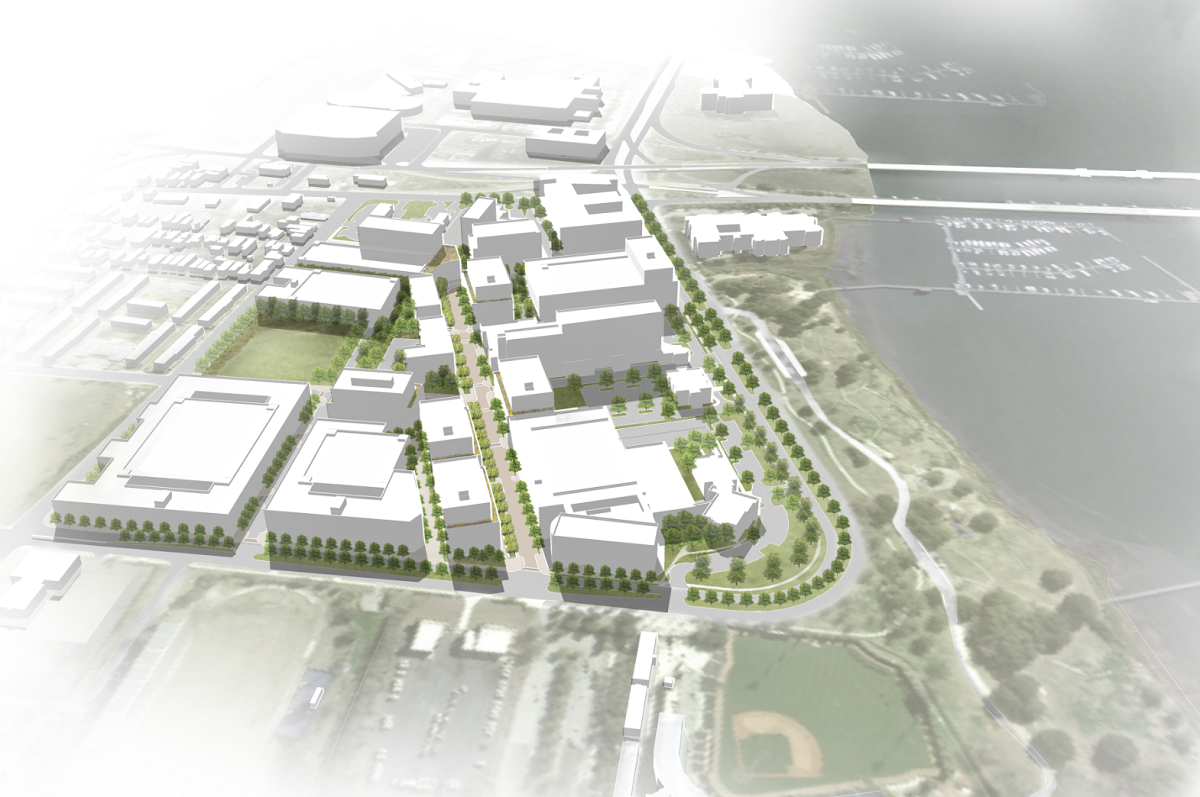

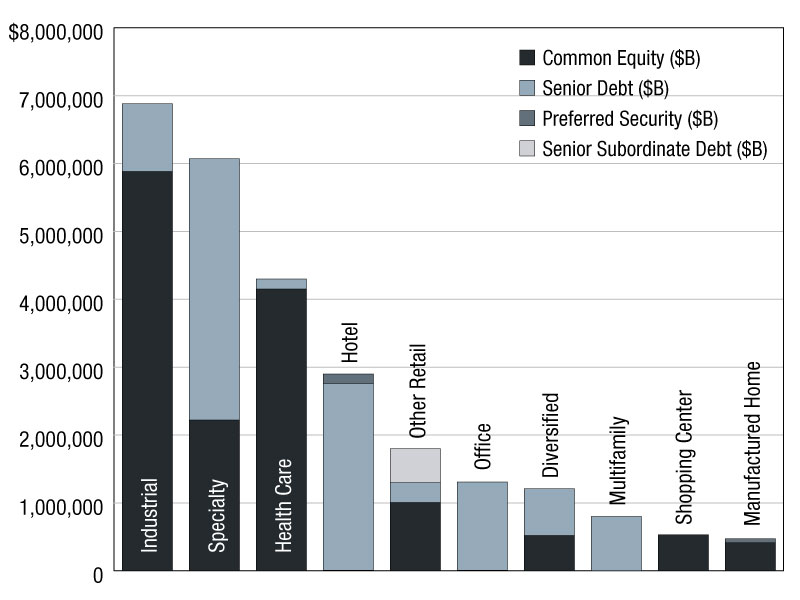

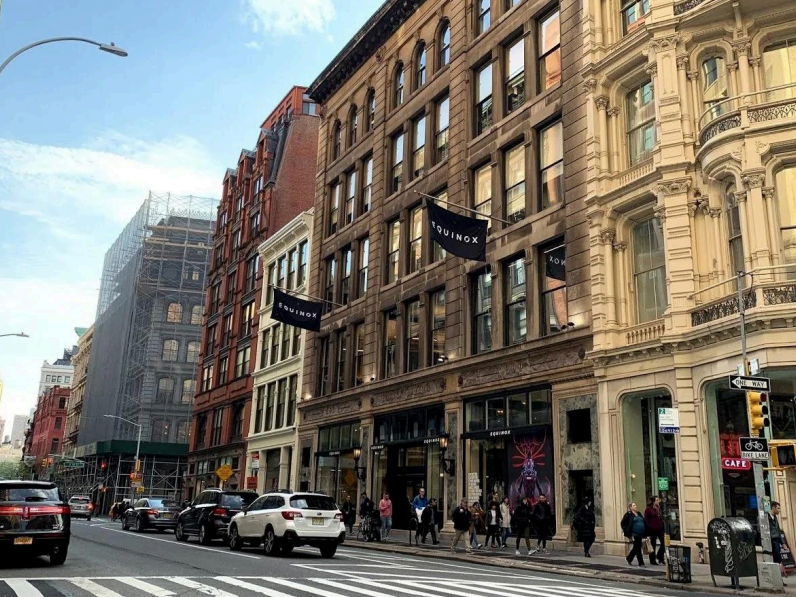
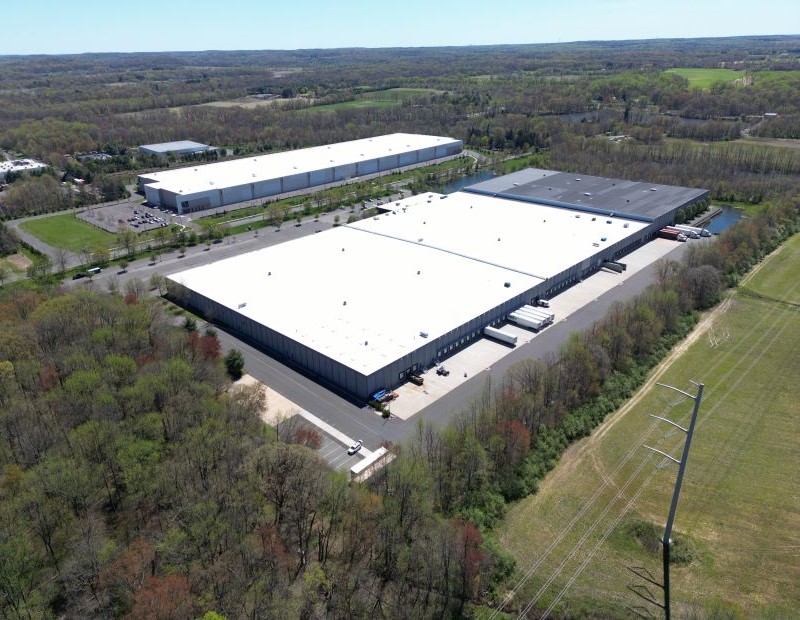
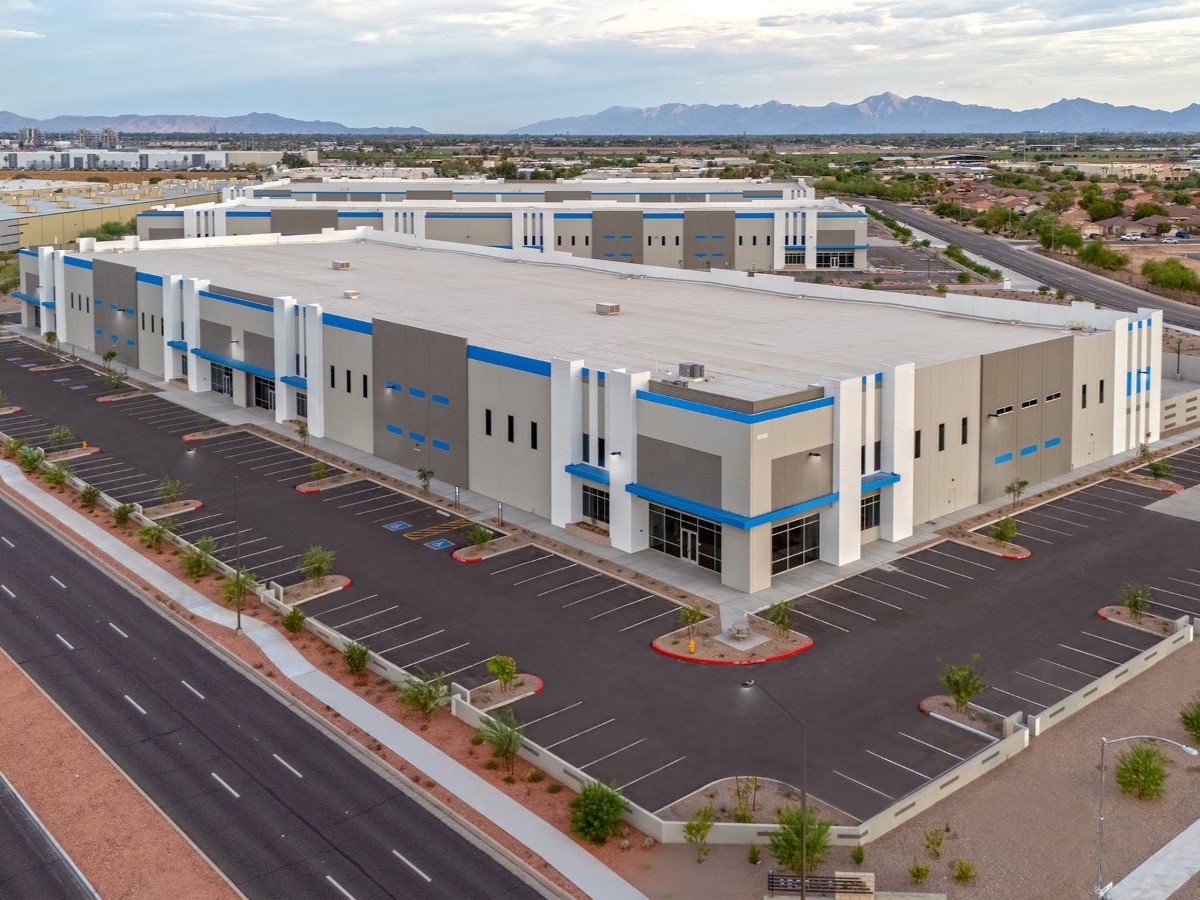
You must be logged in to post a comment.